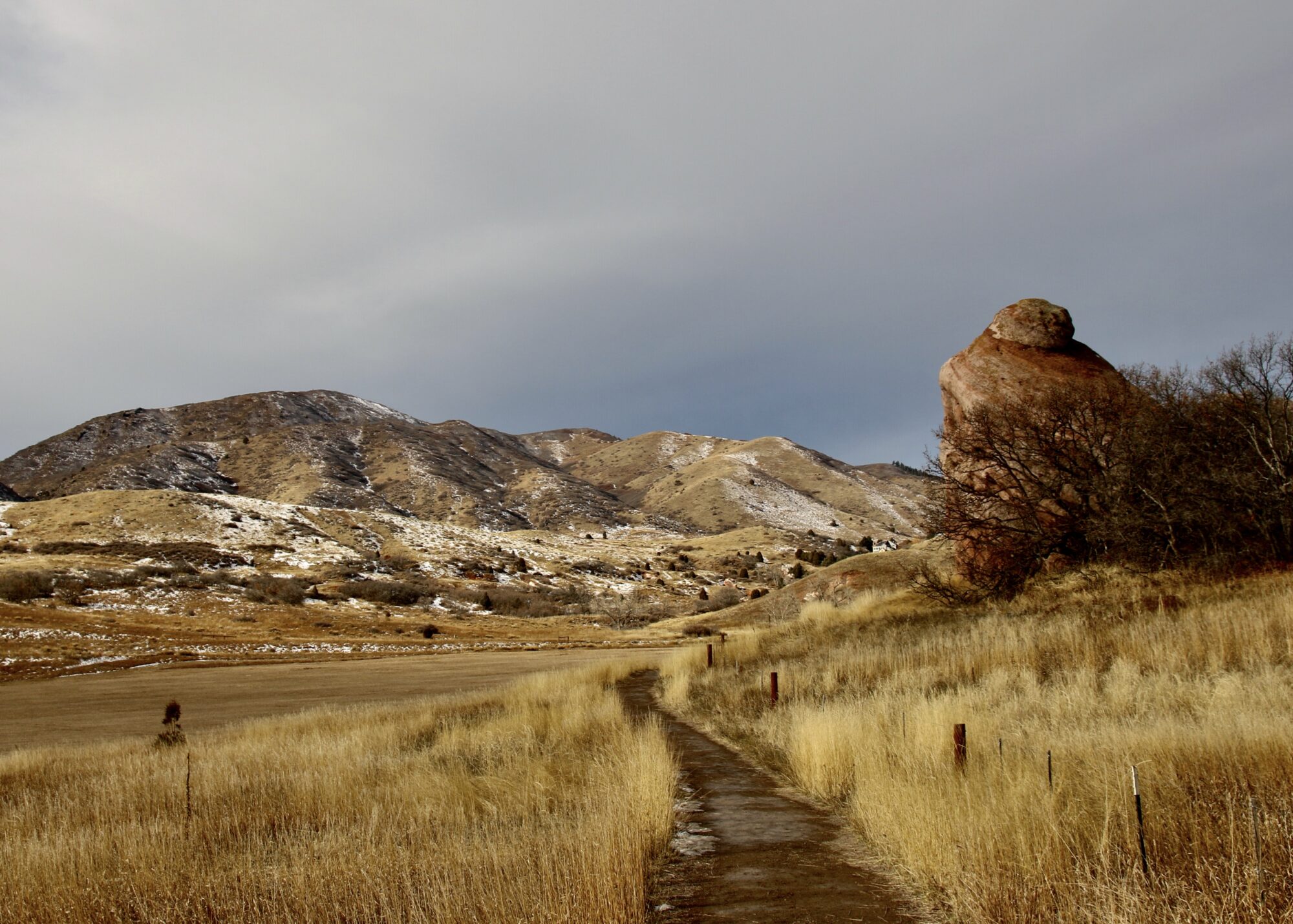I live in the picturesque foothills of Colorado, Deer Creek Canyon, holds a long unique history that dates back millennia. While the canyon’s natural beauty and rugged landscapes are a testament to the forces of nature, today, it is home to many citizens who seek their solitude, but it is also a place deeply intertwined with the heritage of Indigenous peoples. In this blog post, we will explore the Deer Creek Canyon area from a particular perspective, focusing on the richness and uniqueness of its Native American history.
I. The Ancestral Lands: For generations, the Deer Creek Canyon area has been the ancestral homeland of various Indigenous peoples, including the Ute and Arapaho tribes. These native communities shared a profound connection with the land, waterways, and resources that sustained their way of life.
II. Seasonal Migration and Traditional Knowledge: Deer Creek Canyon, with its diverse ecosystems and elevation changes, played a vital role in the seasonal migration patterns of Indigenous peoples. They moved throughout the region, harnessing the natural resources for their survival. Their deep understanding of the land’s rhythms, plant life, and animal behavior was the result of generations of traditional knowledge passed down through storytelling and experience.
III. Spiritual Significance: The canyon and its surroundings held deep spiritual significance for Native American communities. Majestic mountains, pristine streams, and lush forests were not only sources of sustenance but also places of reverence and sacred ceremonies. Each natural feature had its own stories and spiritual meaning, contributing to the rich tapestry of native beliefs.
IV. Cultural Heritage and Traditions: The Ute and Arapaho tribes each had their own unique languages, traditions, and customs. Family units, tribal councils, and communal gatherings were essential elements of their social structures. These communities preserved their cultural heritage through oral traditions, art, and craftsmanship, leaving behind a legacy that continues to influence the region’s cultural diversity.
V. Impact of European Contact: The arrival of European settlers in the 19th century marked a significant turning point in the history of Indigenous peoples in the region. The influx of settlers brought profound changes, including conflicts, land dispossession, and shifts in traditional ways of life. Despite these challenges, Native American communities have continued to contribute to the cultural mosaic of Jefferson County.
VI. Preserving Native Heritage: Today, efforts are underway to honor and preserve the Native American heritage of the Deer Creek Canyon area. Historical records, oral histories, and cultural centers play a pivotal role in acknowledging the enduring contributions of Indigenous communities. Initiatives to celebrate native traditions, languages, and artistic expressions serve as a testament to the resilience and vitality of these cultures.
Conclusion: Deer Creek Canyon and its rugged terrain stands as a living testament to skill, knowledge, and fortitude that allowed for the harmonious coexistence of nature and the Native Americans. This unique tapestry of history and culture, woven into the very fabric of the canyon’s landscapes, reminds us of the profound connection between people and the land. As I explore the area and it’s history, I want to do it from a place that recognizes, respects, and celebrates the enduring spirit and traditions of Indigenous communities that have called this land home for countless generations.
To delve further into the specific Native American history of Jefferson County, you can explore resources such as Southern Ute Tribe, Cheyenne & Arapahoe Tribes, the Golden History Museum, the Jefferson County Historic Transportation Brochure, and the Colorado Encyclopedia. These sources provide valuable insights into the rich heritage of Native Americans in the region.





